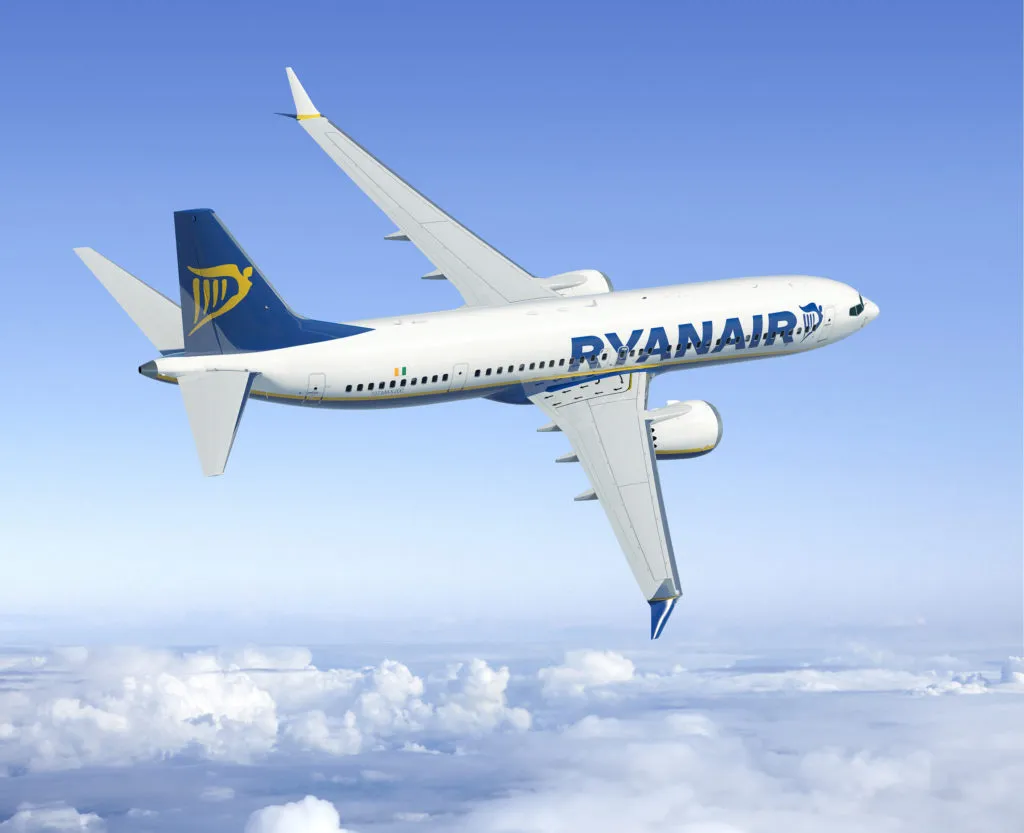
European safety agency gives green light to 737 MAX
Jan 27, 2021

The European Union Aviation Safety Agency has approved the Boeing 737 MAX for operations, marking a significant milestone for the aircraft following its grounding in 2019 due to safety concerns. After comprehensive reviews and modifications, the agency concluded that the necessary improvements have been implemented to ensure the aircraft's safety. This decision allows European airlines to resume flights with the 737 MAX, contributing to the aircraft's recovery in the global aviation market. The approval reflects confidence in Boeing's commitment to addressing the issues that led to the earlier incidents and enhancing overall safety standards in the industry.
The recent approval from the European Union Aviation Safety Agency (EASA) for the Boeing 737 MAX marks a significant milestone in the aircraft's journey back to service. This decision follows a comprehensive assessment of the aircraft's safety features, design improvements, and operational protocols. With EASA's endorsement, the 737 MAX is poised to regain trust among airlines and passengers alike, paving the way for a crucial recovery in the aviation sector.
Significance of EASA's Approval
EASA’s green light is not just a regulatory win for Boeing but also represents a pivotal moment for the entire aviation industry. The approval signifies that the 737 MAX meets stringent safety standards set forth by European regulators. This decision is expected to influence other regulatory authorities around the world, potentially accelerating the aircraft's return to service in various regions.
Key Improvements Implemented
The 737 MAX underwent a series of significant modifications and enhancements aimed at addressing prior safety concerns. These improvements include:
- MCAS Software Updates: The Maneuvering Characteristics Augmentation System (MCAS) software has been revised to enhance safety and prevent erroneous activations.
- Enhanced Pilot Training: Comprehensive training protocols have been established for pilots to ensure they can effectively manage the aircraft under varying conditions.
- Redundant Systems: The aircraft now features additional redundant systems to improve overall safety and reliability during operations.
Impact on Airlines and Passengers
The EASA's approval allows airlines to confidently reintroduce the Boeing 737 MAX into their fleets. This is crucial for airlines that have been eagerly awaiting the return of this aircraft model due to its efficiency and performance capabilities. The 737 MAX is known for its fuel efficiency, which translates to lower operational costs and reduced environmental impact. As airlines resume flights using the 737 MAX, passengers can expect enhanced travel experiences, including improved onboard services and comfort.
Market Response and Future Outlook
The market response to EASA's approval has been overwhelmingly positive. Stock prices for Boeing saw an uptick, reflecting renewed investor confidence. Airlines that have orders pending for the 737 MAX are also likely to expedite their delivery schedules, indicating a robust demand for this aircraft model. The successful return of the 737 MAX is anticipated to boost the overall recovery of the aviation industry, which has been significantly impacted by the COVID-19 pandemic.
Passenger Safety and Confidence
As airlines begin to reintegrate the 737 MAX into their operations, passenger safety remains a top priority. EASA’s thorough review process has reassured the public that the aircraft is safe for travel. Airlines are expected to communicate these safety measures clearly, helping to restore confidence among travelers who may still harbor concerns about flying on the 737 MAX.
Challenges Ahead
Despite the positive developments, challenges remain for Boeing and the aviation industry as a whole. Regulatory scrutiny remains high, and any future incidents could lead to renewed concerns about the 737 MAX. Additionally, the ongoing impact of the pandemic, including fluctuating travel demand and potential supply chain disruptions, poses risks to a full recovery.
Conclusion
The EASA's approval of the Boeing 737 MAX is a crucial step toward restoring confidence in the aircraft and the aviation industry. With significant safety improvements and enhanced training protocols in place, airlines can look forward to a brighter future with the 737 MAX. As the industry continues to navigate the challenges posed by the pandemic and regulatory landscape, the successful return of the 737 MAX could serve as a beacon of hope for recovery and growth.
Table of Key Safety Features
| Feature | Description |
|---|---|
| MCAS Update | Revised software to prevent erroneous activations. |
| Pilot Training | Comprehensive training protocols for effective aircraft management. |
| Redundant Systems | Additional systems for improved safety and reliability. |
In summary, the EASA's endorsement of the 737 MAX is a pivotal moment for Boeing and the global aviation industry. With the implementation of enhanced safety features and training, airlines and passengers can look forward to a safer and more efficient flying experience, thus contributing to a stronger recovery in the coming years.
Related Articles

Explore Thailand: The Best Islands to Visit for Paradise, Adventure, and Relaxation

The Ultimate Guide to the Best Islands in Thailand for Your Next Getaway

Do babies need passports? How to get a passport for a newborn

How to get a U.S. passport fast: here’s how to expedite the process

What is Mobile Passport Control: 5 reasons why you should use it

SENTRI vs. Global Entry: A detailed guide

Do you need a passport to go to the Bahamas? Let’s find out

Do you need a passport to go to Mexico? A detailed guide

Do you need a passport to go to Canada? We got the answer

Do You Need a Passport for a Cruise: An Essential Travel Guide

Booster Seat Requirements: All the Rules to Follow in Your Rental Car

What Are the World’s Most Powerful Passports, and How Does Yours Rank?

How to Take a Passport Photo at Home: A Helpful Guide

You've got to have heart! Southwest's new livery

Your opinion: Should water be free on low cost carriers?

Young women bolder than guys as solo travellers
